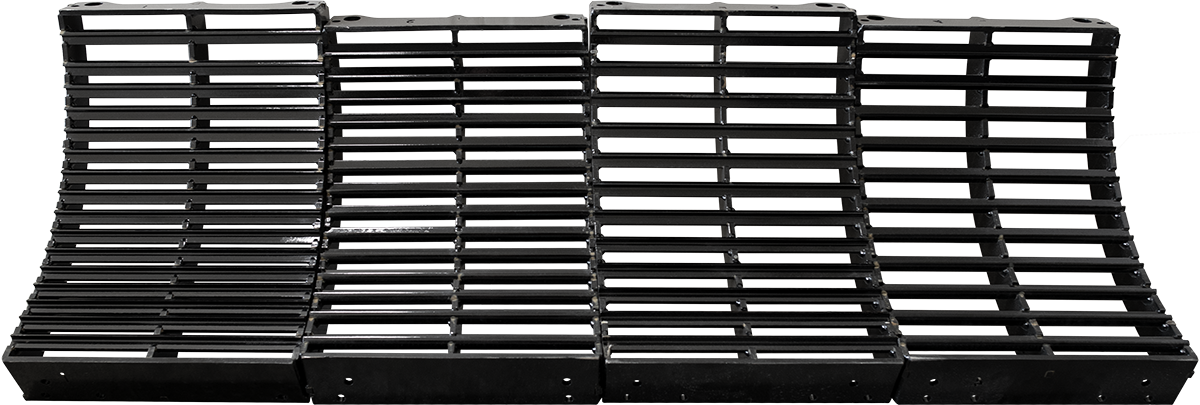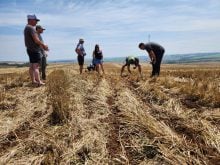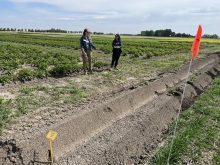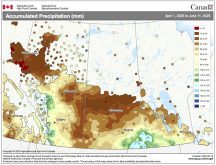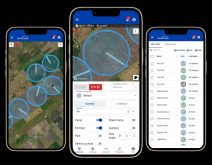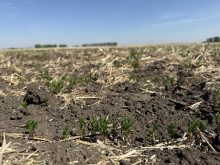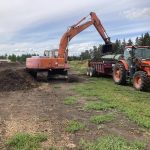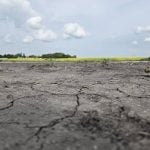Irrigators were able to get through the 2023 season but not without getting bounced around in what has been a year marked by drought conditions, a quick melting mountain snowpack and little precipitation.
The situation facing irrigators is best summed up by the latest bulletin from the Lethbridge Northern Irrigation District.
“While it appears we will be able to complete the 2023 irrigation season without significant detriment, the situation could become more dire for the 2024 season if we do not receive a normal volume of spring snowmelt,” according to communications from Alberta Agriculture to the LNID.
Read Also
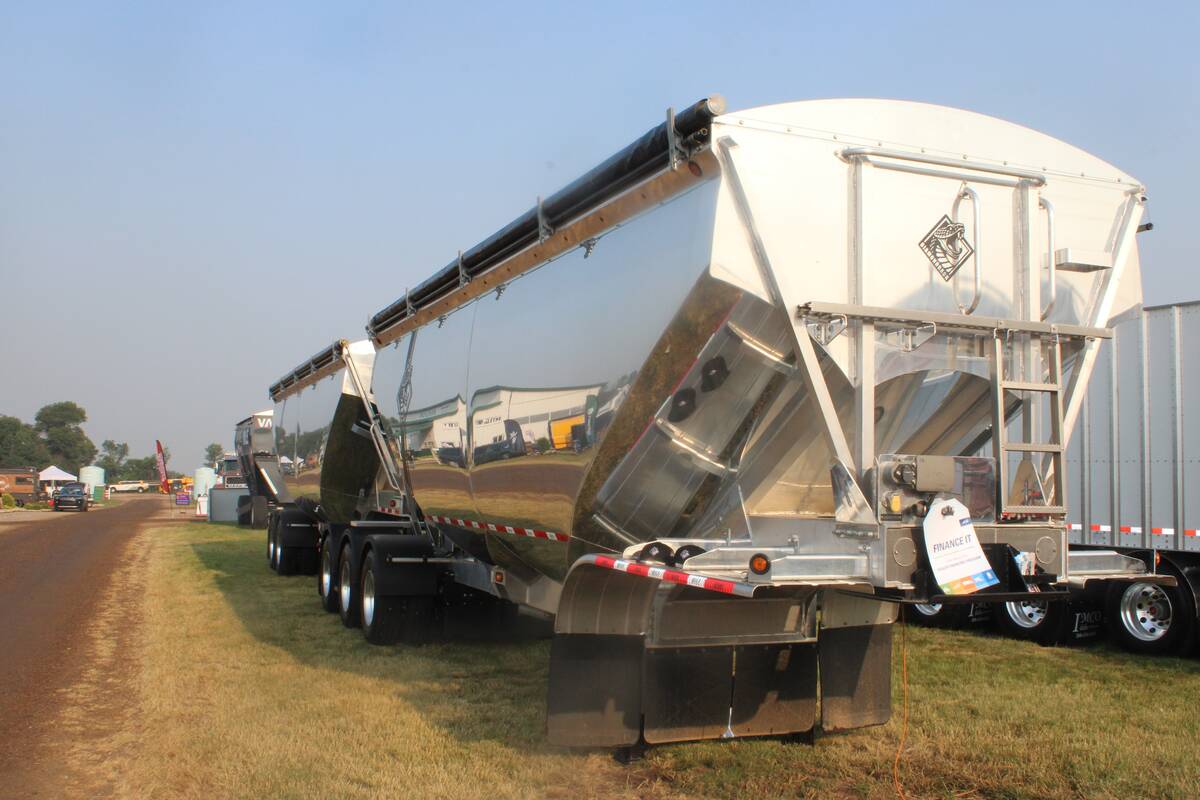
Aluminum grain trailers offer best of both worlds
A pair of shiny, polished aluminum grain trailers were turning heads at the Ag in Motion farm show near Langham, Sask., recently.
The issue at hand boils down to a fundamental problem when it comes to the proven ability for irrigation districts to provide water resources during dry conditions using reservoir storage; what do you do when there isn’t water available to store?
The Eastern Irrigation District is looking at two months to bring its five reservoirs back up to normal winter levels at current diversion rates. The district said it’s possible its water deficit will reach 100,000 acre-feet from its normal winter level of 233,000 by the time of shut off on Sept. 25, about two weeks earlier than normal.
St. Mary’s Irrigation District will also shut down early on Sept. 22 and is currently running minimum flows until then.
The Bow River Irrigation District is anticipated to also shut down early after a year of above average usage which has drawn down reservoir levels in a season which is trending towards its fourth highest for demand after 2001, 2000 and 1988.
The South Saskatchewan River levels at Medicine Hat are also being stressed by the conditions which are resulting in the lowest stream flow seen since 2001 being recorded and are below both water conservation and in-stream objectives.
But there is optimism upcoming projects that are part of Alberta’s nearly billion dollar irrigation modernization program that will expand reservoir capacity along with exchanging open canals with underground pipe will provide sustainability to the districts.
Gord Graham, owner of South Slope Feeders, said despite the challenges in adapting to this year’s reduction in water allocations, his operation has done well.
“We actually had record yields on our farm for barley and our wheat was close to our record if not right at our record. Our corn was higher than our long-term average,” said Graham. “We had a successful year despite the restrictions.”
Graham said his operation is very data driven with historical information playing an important part in decision making on his operation along with expert advice from agronomists.
While he shorted water on the corn crop which likely reduced yields, Graham said he was thankful for how things turned out.
“This year was an exception for sure and we had to change things but we’re grateful for how things ended up,” he said.
One of the irrigation modernization projects he is looking forward to is an expansion to the Snake Lake Reservoir which will make a difference during years like this season.
Graham said while his decision-making processes when it comes to water management is based on data, it’s very much the same practice at the district level with the EID.
“When you look at (irrigation) expansion acres, Eastern Irrigation has done a lot of research looking at historical data and they say we should be able to support expansion,” he said. “I trust their judgement and I’ve seen the data and I believe they are correct.”
But storage continues to be an issue, one which the province is examining ways to deal with while addressing both flood and drought mitigation.
There are currently three options being looked at for a single on-stream reservoir upstream from Calgary. Those proposals could see a new reservoir built near Morley or between Cochrane and Calgary, with the possibility also of a relocated Ghost Reservoir.
The provincial government has also budgeted $5 million for a feasibility study for the Eyremore Dam that would be located approximately 40 kilometres downstream from Bassano.
But while those projects provide options for the future, challenges remain this year.
The cities of Calgary and Chestermere remain under mandatory water restrictions as of Sept. 18 with both Lethbridge and Medicine Hat facing voluntary restrictions on household uses.
Contact alex.mccuaig@producer.com

